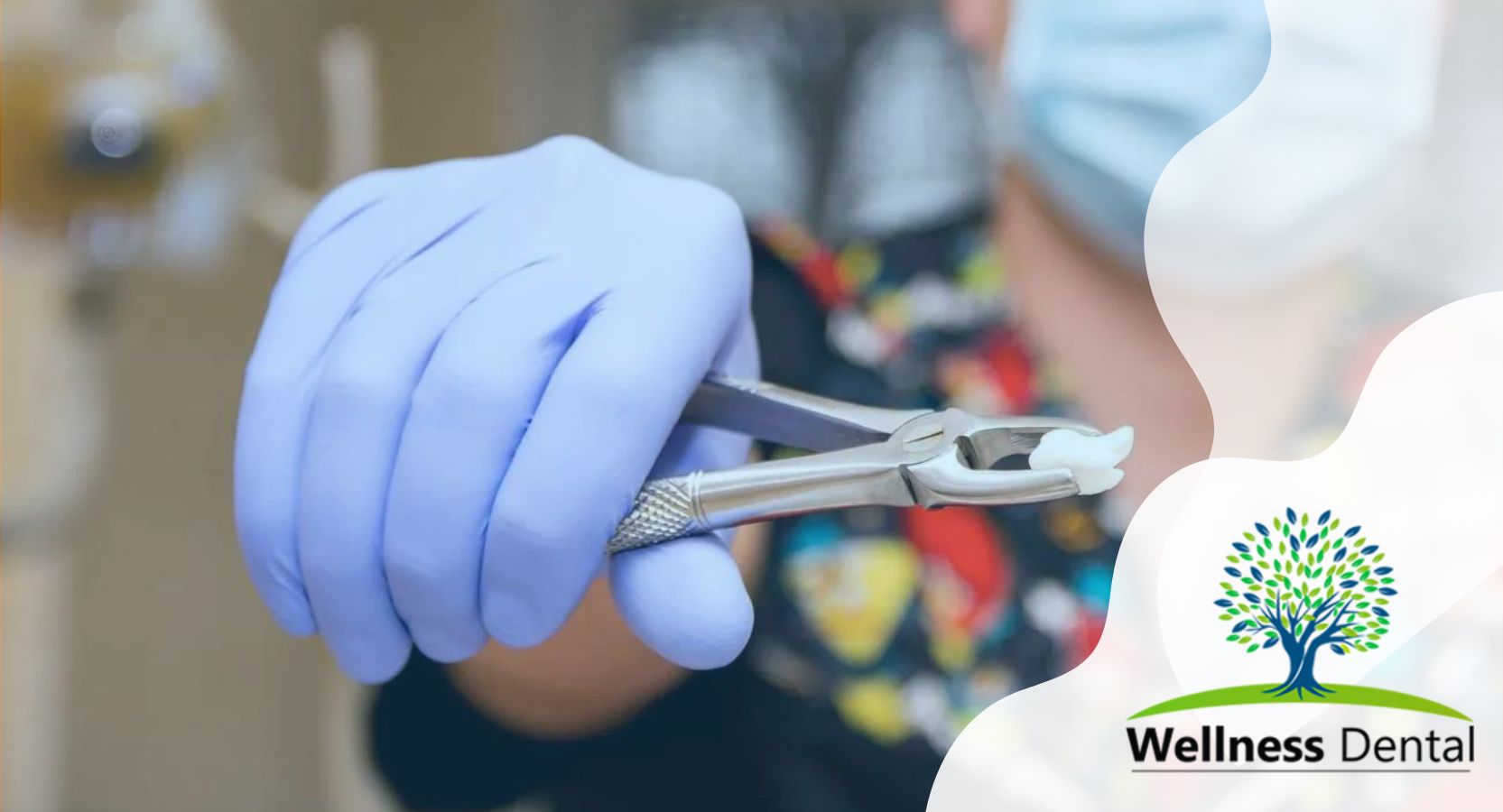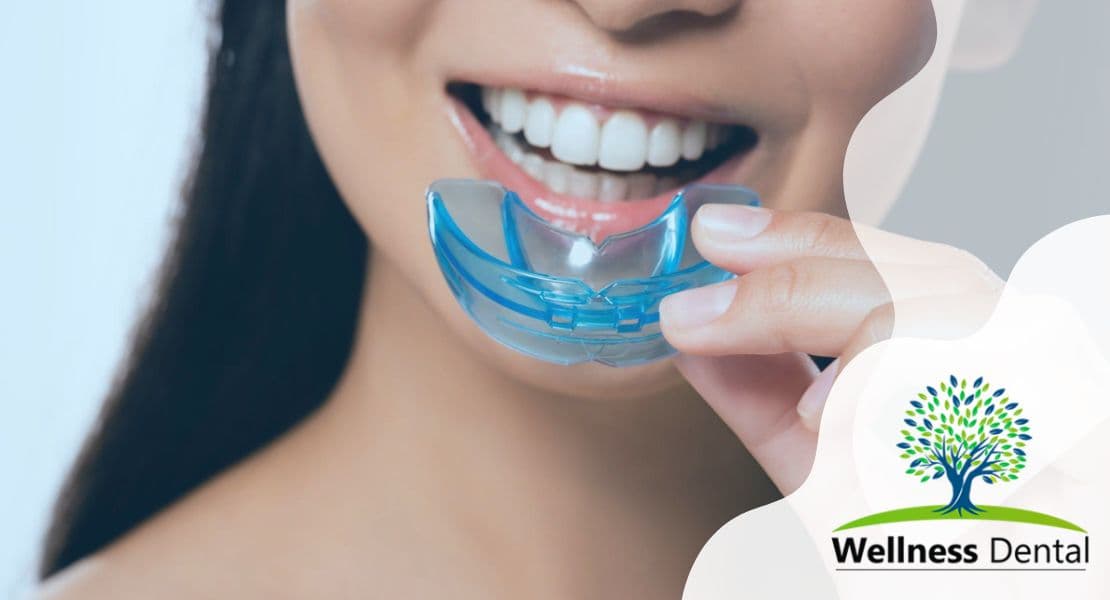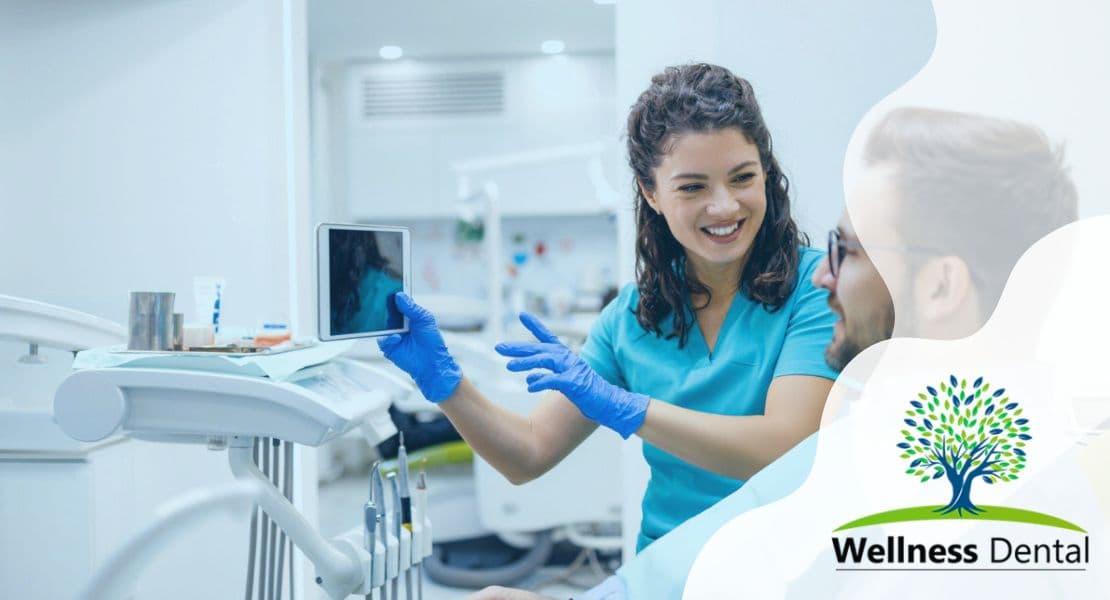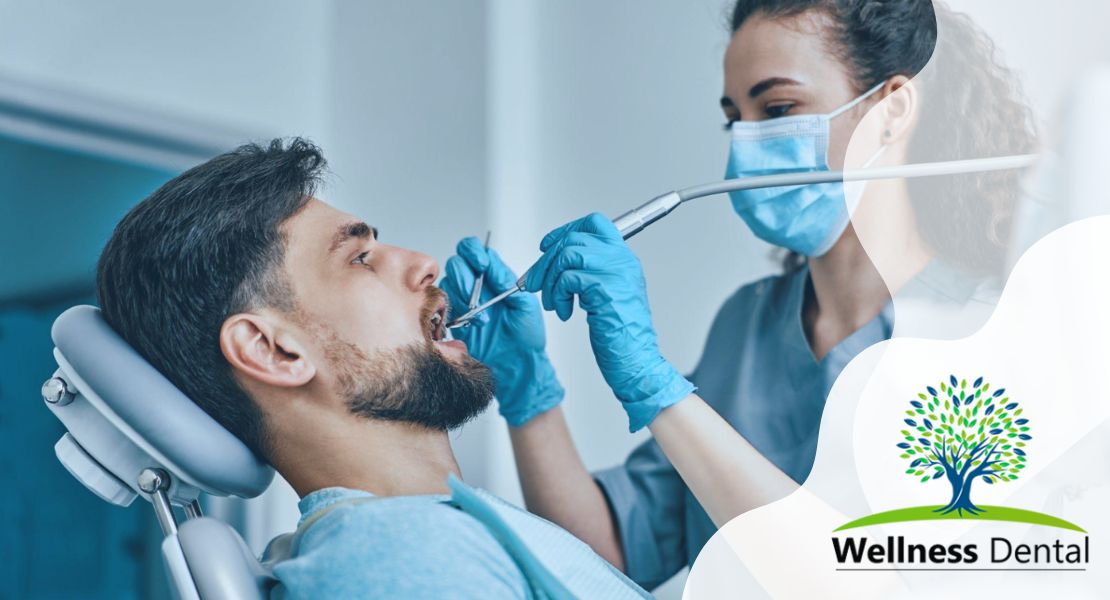Sometimes the worst news a dentist can give you is that a tooth cannot be saved and it must be pulled. Other times, patients come in requesting to have a tooth pulled because of pain. While losing a tooth may not seem like bad news, your dentist wants you to be able to keep your teeth for a lifetime to maintain your best oral health and overall wellness.
Sometimes, though, a tooth needs to be pulled for the overall health of your entire smile. The highly trained dentists of Wellness Dental in Arizona can provide you with a nearly painless process of extraction.
Reasons Why a Tooth Needs to Be Extracted:
Aggressive Cavities
Teeth with severe decay will sometimes need to be extracted. This happens when the decay disintegrates the tooth surface to a point that the tooth can no longer hold a restoration, such as a tooth that has been broken to the gum line.
Teeth with decay below the gum line are also sometimes unable to preserve, even with a root canal or crown. Because the root surface is softer than the hard enamel, the decay spreads much quicker, causing decay to reach the inner nerve very easily. Since this decay is below the gum line, it is very difficult to access, making a restoration nearly impossible to place.
Failed Root Canal Treatment
While Root Canal Therapy is a wonderful treatment for a tooth that suffered trauma to the nerve. Occasionally, a root canal can sometimes fail. This failure results in an infection at the root of the tooth that can eat away the jaw bone. This infection can cause a significant amount of discomfort. When a root canal fails, a common treatment is extraction of the tooth.
Severe Gum Disease
Periodontal Disease can also cause teeth to be extracted. Periodontal disease is a disease of the mouth where chronic inflammation occurs, resulting in tissue detachment and loss of bone surrounding the teeth. When bone loss is severe, teeth will become mobile. Even after treatment for periodontal disease, if bone loss is severe enough, teeth can be at risk for extraction.
Painful or Impacted Wisdom Teeth
Wisdom teeth are commonly recommended for extraction. This is because there is often very little room in the upper and lower jaw bone for these teeth to fully erupt properly. If these teeth do erupt through the gum tissue, crowding typically occurs. Crowding can then cause damage to surrounding teeth. Difficulty reaching the wisdom teeth with your toothbrush and floss also increases the risk of decay or periodontal disease. For these reasons, dentists and orthodontists frequently recommended most people have their wisdom teeth removed before they begin to erupt.
Do I Need My Tooth Pulled?
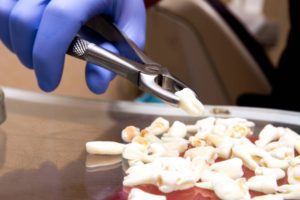
When an extraction of a tooth is required due to decay, infection or periodontal disease, symptoms leading up to your procedure might include pain, throbbing, or extreme sensitivity to hot, cold, or pressure. Typically, these symptoms can prevent you from participating in your normal daily activities and are what drives you to contact a dentist. A complete dental exam with X-rays is needed to diagnose your specific treatment needs and determine whether your tooth can be saved. Wellness Dental and our team of experienced dentists are happy to discuss your situation and what options you have to choose from.
A Painless Extraction in Arizona is Available
The offices of Wellness Dental consist of a team of experienced dentists with advanced training and skills in oral surgery. This allows us to provide comprehensive dental services to each of our patients. Surgical procedures, including surgical extractions, implants and even sedation dentistry are provided in each of our Arizona locations. These resources will alleviate any needs for outside referrals, which often lead to long waits for appointments, and will help keep all your dental care under one roof.
The dentists of Wellness Dental offer inhalation sedation (Nitrous Oxide) local anesthesia, and/or general anesthesia to keep you comfortable while a tooth is pulled. Nitrous Oxide is commonly known as laughing gas. When combined with Oxygen, it is a very safe way to calm anxieties over dental treatment. Once Nitrous Oxide is replaced with 100% Oxygen, you will quickly feel normal again and can drive yourself home afterward. Localized anesthesia is used to numb the teeth, surrounding gum tissue, and nerves, resulting in painless tooth extraction. This numbness typically lasts a few hours, which allows you to get back to your busy day in no time.
Because of our advanced training and skills, general anesthesia can also be utilized. General anesthesia allows you to rest in a comfortable sleep-like state while your treatment is completed. You will wake after the procedure and will not have felt a thing! General anesthesia is also a great option if there are multiple teeth in one area that require treatment. Oftentimes, large treatment plans can be completed in one appointment using general anesthesia. This minimizes the number of trips made to the dentist and allows you to overcome any dental anxiety you may have.
An Important Step to a Painless Extraction is What Happens After!
Slight pain following a surgical tooth extraction is common. You may even experience a bit of throbbing or swelling. These symptoms usually subside within 24-48 hours and are easily remedied.
The trained staff of Wellness Dental will provide you the important aftercare instructions needed to lessen and possibly prevent any pain from occurring after your tooth extraction is complete. You will most likely be given prescribed medication, including pain medication and antibiotics. If these medications are not taken as prescribed, more discomfort is likely to occur. Imagine riding a bicycle up a hill. Once you stop pedaling, your bicycle starts to slow down and will eventually come to a stop. Having a tooth pulled causes trauma to the jaw bone and surrounding gum tissue, this trauma represents the hill. While your mouth is healing from this trauma, pain medication will be needed to get you over this hill. This time varies between patients, but expect to take pain medication for 24-28 hours following your procedure.
Antibiotic medication is prescribed to prevent harmful infections after a tooth is pulled. These infections most often times occur because of bacteria that grow in the mouth. If an infection occurs, it is very painful and will most likely result in further treatment needs. Good home care such as brushing and flossing can prevent this bacteria from accumulating in the mouth and causing you more pain. It is not only safe, but recommended to brush and floss two times a day following a tooth extraction to maintain good oral health and overall wellness. Rinsing with salt water or a prescribed mouth rinse is also recommended to help lessen inflammation of the gum tissue and promote faster healing.
Avoiding heat may also lessen or prevent pain following the extraction of a tooth. Heat widens blood vessels, which can cause the extraction site to bleed for a longer period of time. Bleeding is expected following an extraction but should only last 30 minutes to a couple hours. Applying a cold pack to the face can help constrict the blood vessels and lessen the amount of time the tissue bleeds. A cold pack can also help the appearance of swelling after oral surgery.
Activities that increase the heart rate can also increase the amount of time the extraction site bleeds or takes to heal. Avoid running and jumping or any type of athletic activities that might increase your heart rate. Take this time to rest and relax. If your job includes manual labor, consider taking that day off.
Dry Sockets are Possible and Painful, but also Preventable
You may have heard horror stories of people experiencing a dry socket following a tooth extraction. When a tooth is pulled, the small hole that remains in the gum tissue is called the socket. The socket houses lots of blood vessels that will provide a very important blood clot once the tooth is extracted. This blood clot is key to the gum tissue and jaw bone healing properly. However, this clot can be disturbed or removed easily by smoking or sucking through a straw.
Once the clot is removed, a painful dry socket occurs. Symptoms include excessive bleeding, severe pain, or throbbing that are no match to pain medication. If left untreated, an infection can occur and permanent damage to the jaw bone is possible. Several trips to the dentist are sometimes required to fully treat a dry socket. Dry sockets are preventable when post-extraction instructions are followed.
Prevention is Key!
In most cases, tooth extraction is preventable. Proper brushing and flossing techniques, regular checkups, and the use of fluoridated toothpastes can keep decay and periodontal disease from developing. Frequent preventative recall appointments with your local Wellness Dental office can diagnose decay at its earliest stages with digital radiographs and dental exams. When treated early, restorations can be kept at a minimum and your risk for dental extraction is greatly reduced.
Contact Wellness Dental of Arizona to Schedule Your Consultation
At Wellness Dental of Arizona, the dentists and staff are ready to help you prevent tooth extraction. Keeping your teeth for a lifetime is very important to your overall health and wellness. But, if a tooth extraction is necessary, our Arizona dentists are able to give you the best possible experience. With three easily accessible offices in Arizona, there’s an office near you. Because of extensive training, state-of-the-art techniques and the use of local and/or general anesthesia, you will be back to your busy routine in a very short amount of time with little to no pain.

